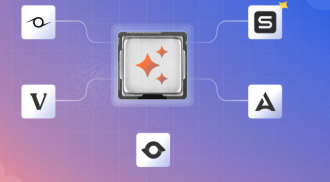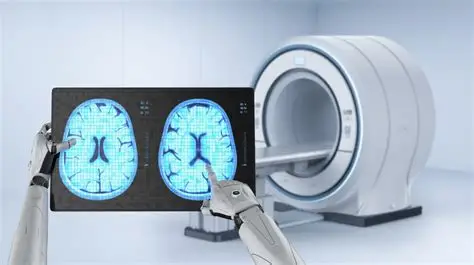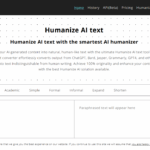In this article, I will discuss the AI Tools for Medical Image Analysis, including how sophisticated artificial intelligence is changing the landscape of radiology and diagnostics.
These tools offer insightful analysis of medical images including X-rays, CT scans, and MRIs by identifying critical insights at an early stage, which aids in disease detection, workflow optimization, and clinical decision-making.
AI solutions are now pivotal in the contemporary healthcare landscape for quicker and more accurate diagnostics.
What is Medical Image Analysis?
Medical image analysis is an area of specialization concerned with the application of sophisticated algorithms to process and interpret medical images including X-rays, MRIs, CT scans, and ultrasounds. It enables healthcare practitioners to detect, diagnose, and monitor diseases with enhanced precision and efficiency.
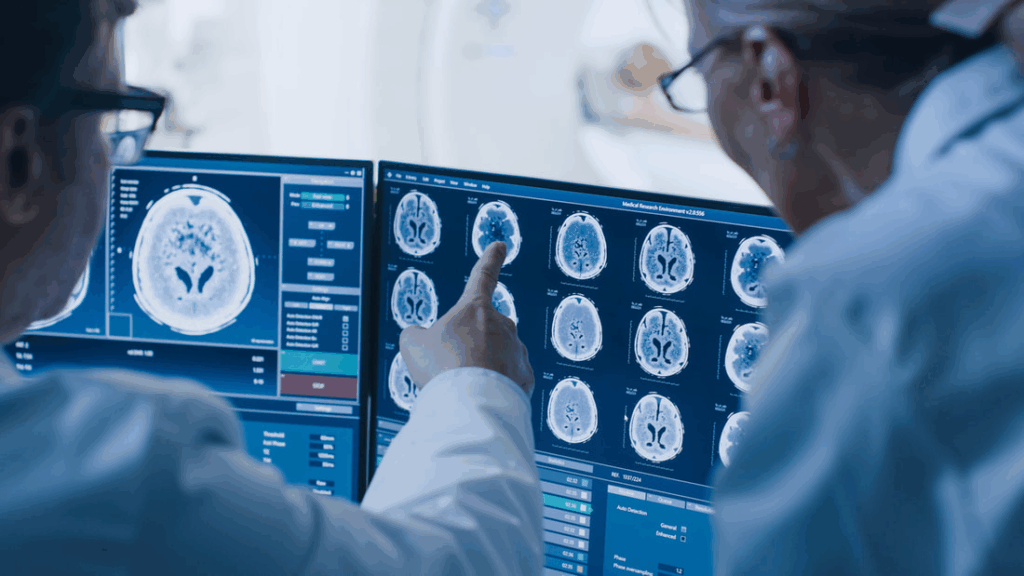
Through image segmentation, pattern recognition, and machine learning, medical image analysis systems may flag suspicious areas, measure tissue structures, and aid in devising appropriate therapeutic strategies. Overall, the application of this technology improves diagnostic accuracy while minimizing errors and improving overall patient care.
How To Choose AI Tools for Medical Image Analysis
Below is an easy-to-follow guide on selecting AI technologies for medical imaging:
Diagnostics Accuracy and Verification: Selection criteria should focus on high diagnostic accuracy with proven validation against diverse data sets.
Regulatory Compliance: Check compliance with medical regulations such as FDA, CE, or ISO certification.
Integration Issues: Ensure compatibility with existing imaging hardware, hospital information systems, PACS and EMR systems for seamless interoperability.
Interface and Interaction Issues: Prioritize technologies with an easy-to-navigate interface for radiologists and clinician operators.
Information Security: Ensure data protection compliance, particularly for patient data and HIPAA.
Vendor Relationships and AI Change Management: Prioritize technologies that will have AI improvements over time and that are regularly updated, with strong vendor support.
Value-for-Money: Determine if the clinical value gained justifies the expenditure.
Key Point & AI Tools for Medical Image Analysis List
| AI Tool | Key Points / Features |
|---|---|
| Blackford Analysis | AI-powered medical imaging platform, focuses on radiology workflow automation, lesion detection, and reporting support. |
| Viz.ai | Uses AI to detect strokes and vascular conditions quickly, integrates with hospital workflow for rapid alerts. |
| Zebra Medical Vision | Provides AI algorithms for radiology imaging, supports multiple modalities like X-ray, CT, MRI, and early disease detection. |
| Lunit INSIGHT | AI software for chest X-rays and mammography, aids in lung and breast cancer detection with high accuracy. |
| Aidence | Deep learning AI for pulmonary nodules detection, quantifies lung abnormalities, integrates into radiologist workflow. |
| Skinive | AI tool for dermatology, analyzes skin lesions for early detection of skin cancer and other skin conditions. |
| Voxel AI | Focuses on volumetric image analysis in radiology, assists with organ segmentation and lesion tracking. |
| Rayscape | AI platform for radiology, offers diagnostic support for chest X-ray, CT, and MRI scans with automated insights. |
| NetraMark | AI-driven medical imaging analysis, specializes in retinal and ophthalmology imaging for early disease detection. |
| MedARC | AI solution for medical image recognition and reporting, enhances workflow efficiency and diagnostic accuracy. |
1.Blackford Analysis
Blackford Analysis is an innovative tool powered by artificial intelligence that analyzes medical images, focusing on optimizing workflows in radiology and advancing precision in diagnostics. It automates the detection of pathological changes in CT and MRI scans, ranks important and time-sensitive cases, and aids radiologists in reporting.
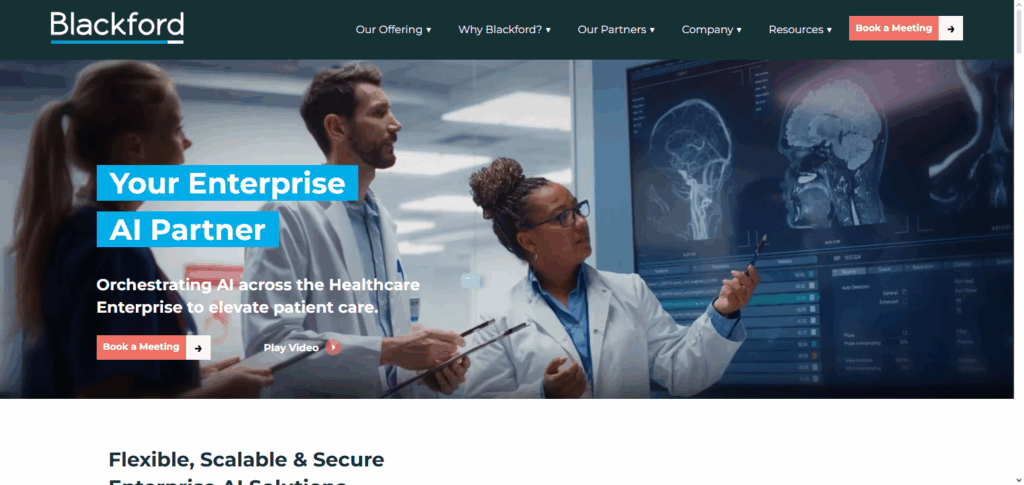
Its most distinct feature is the ability to provide hospitals with real-time information and insights that aid clinical decision-making within the context of the current workflows, thus minimizing delays and optimizing clinical diagnostics. The combination of effectiveness and advanced AI algorithms is why Blackford Analysis is an exceptional solution for medical imaging.
2.Viz.ai
Viz.ai is an advanced medical imaging AI that aims to streamline the diagnosis and treatment workflows of life-threatening conditions, with an emphasis on strokes. It employs deep learning techniques to automate the interpretation of CT and MRI scans, detect irregularities, and issue alerts to the medical staff in real-time.
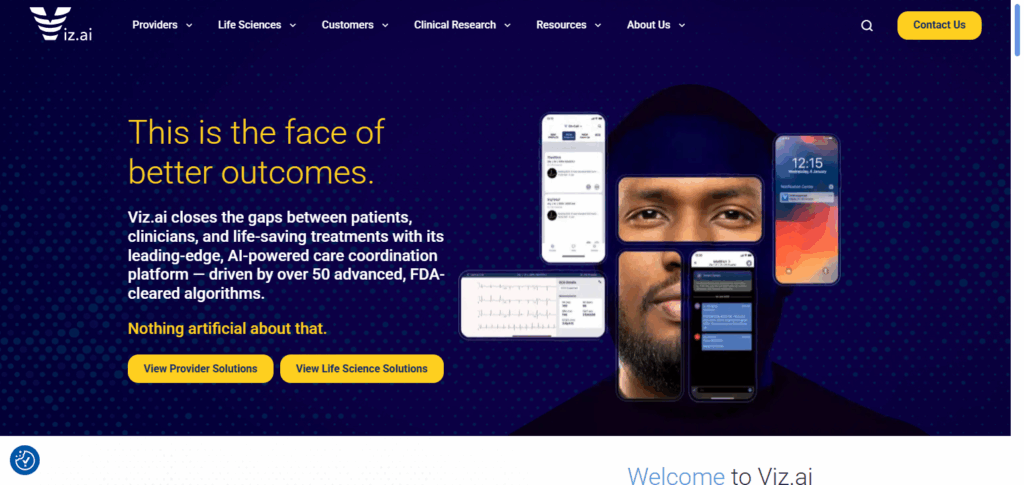
Its differentiation is in the real-time collaboration capabilities between radiologists, neurologists, and the caregiving teams which improves clinical decisions and patient care. The automation of imaging interpretation together with the real-time collaboration of the medical imaging teams is what makes Viz.ai a pacesetter in the AI medical imaging diagnostic solutions.
3.Zebra Medical Vision
Zebra Medical Vision is a robust tool that utilizes artificial intelligence to streamline the analysis of medical images, offering the automated interpretation of X-rays, CTs, and MRIs. Its AI algorithms assist radiologists in the prompt and precise detection of numerous conditions, including but not limited to, bone fractures and cardiovascular diseases.

The platform’s synergistic analysis of various imaging modalities to provide precise and actionable, multi-faceted insights is unparalleled, enhancing workflow efficiency and reducing errors in diagnostics. Thus, it is a vital tool in today’s medical imaging.
4.Lunit INSIGHT
Lunit INSIGHT is a pioneering AI solution for the analysis of medical images, particularly focused on abnormality detection from Chest X-rays and mammography scans. Using sophisticated deep learning techniques, Lunit INSIGHT detects and diagnoses critical conditions such as lung diseases and breast cancer at an advanced stage.
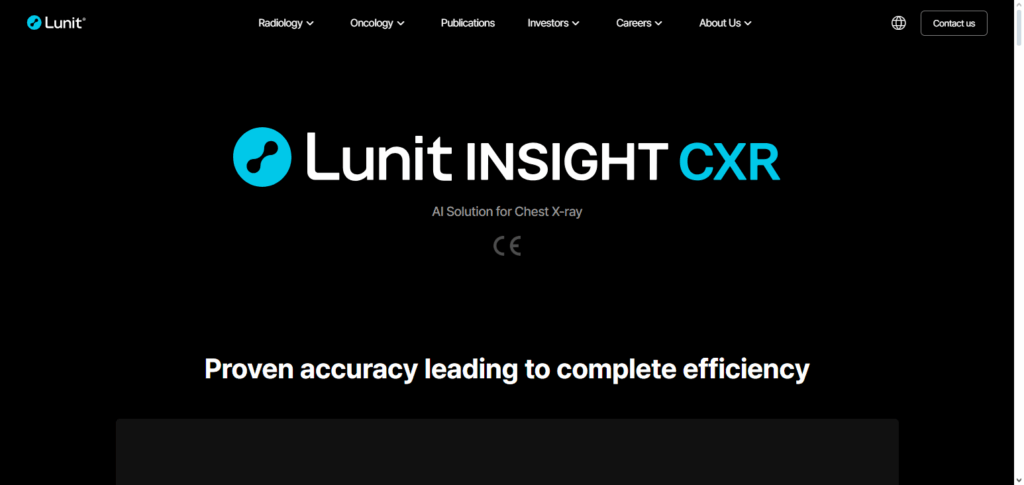
What sets this platform apart is its diagnostic visualization capability, providing heatmaps and explanatory visuals as an augmenting aid for radiologists. Through the refinement of clinical workflows and the elevation of diagnostic accuracy, Lunit INSIGHT demonstrates its reliability as an AI solution for imaging.
5.Aidence
Aidence is an AI tool specialized in the analysis of medical imaging, particularly for the detection and surveillance of lung abnormalities using CT imaging. Its deep learning algorithms automatically detect and assess the numerous pulmonary nodules, allowing for detailed longitudinal monitoring.
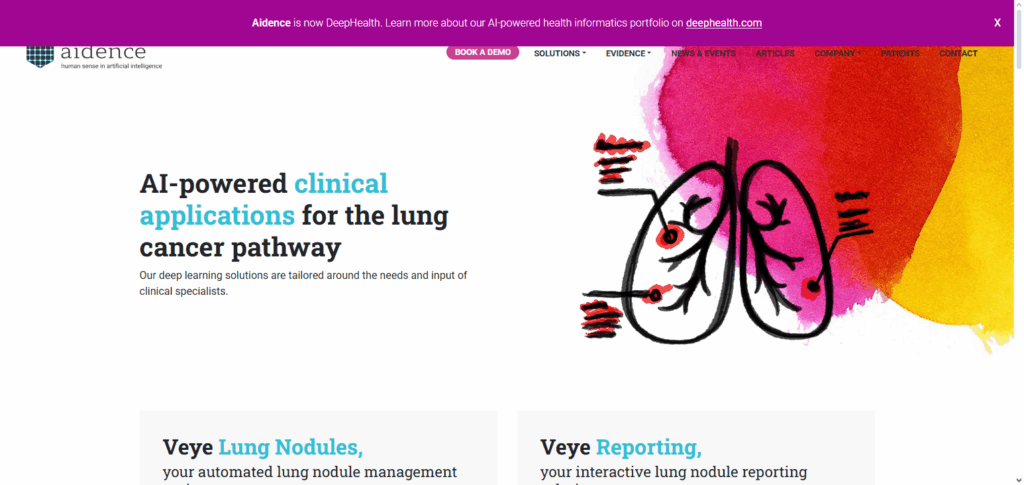
The platform’s foremost advantage is its seamless incorporation into the radiologists’ workflow, offering useful recommendations where no additional effort is needed. Aidence consolidates its reputation as an advanced imaging AI provider by increasing detection precision, diminishing clerical work, enabling prompt clinical intervention, and enhancing decision workflows.
6.Skinive
Skinive is an advanced AI tool that specializes in the analysis of medical images pertaining to dermatology. It is capable of analyzing skin lesions and moles to identify the presence of skin cancers and other skin-related medical conditions. The platform’s underlying deep learning algorithms assess images with a high level of precision, offering advanced notice and risk evaluation at both the patient and clinician levels.
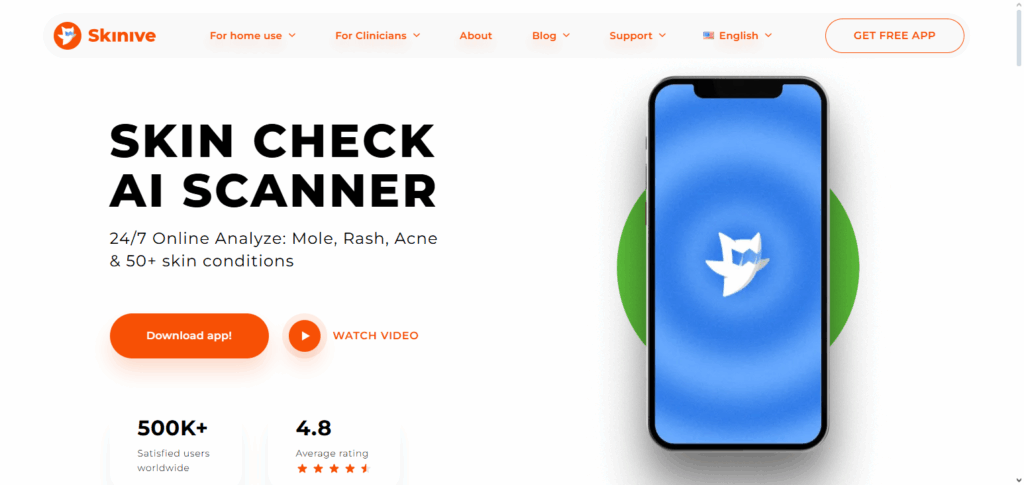
One of the main advantages of the Skinive platform is its broad accessibility; both professionals and users can conduct skin evaluations quickly and reliably. The platform enables well-informed and timely decisions in addition to supporting early detection, making it a critical AI tool in dermatological imaging.
7.Voxel AI
Voxel AI is a volumetric imaging specialized AI-powered tool for analyzing medical images with a focus on improving radiological workflows, aiding organ assessments, and identifying abnormalities on 3D scans like CT and MRI. Performing with CT and MRI, Voxel AI’s sophisticated algorithms offer advanced organ segmentation, lesion recognition, and volumetric calculations that result in precise and detailed analysis.

Improving the efficiency in the workflows, Voxel AI AI stands apart from others as it simplifies complex imaging data and provides vital clues that the practitioners can use, thus improving diagnostic precision. Its unique strengths and capabilities makes Voxel AI an indispensable volumetric imaging tool in the realm of contemporary medical imaging.
8.Rayscape
Rayscape utilizes artificial intelligence to streamline the interpretation of X-ray, CT, and MRI images, as well as to analyze and assess medical images. Its state-of-the-art algorithms perform anomaly detection, critical finding highlighting and reporting, and radiologist insight generation.
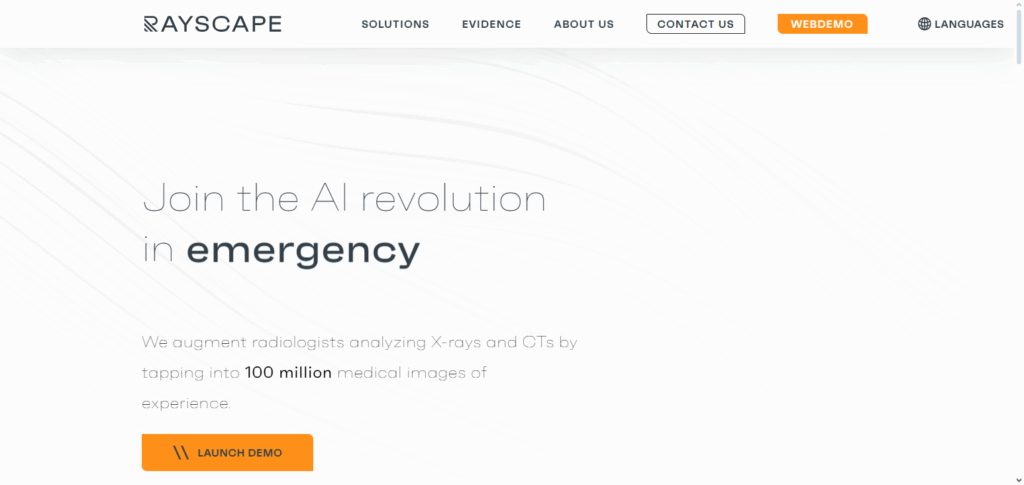
An outstanding feature of the platform is its interoperability with hospital infrastructure, aiding rapid case prioritization and overall workflow optimization. Because of its accurate image analysis and real-time reporting capabilities, Rayscape accelerates timely clinical decisions, confirming its position as a modern medical imaging AI solution.
9.NetraMark
NetraMark is an AI ophthalmology software application specializing in analyzing medical images within the field of ophthalmology, specifically in the detection of early diabetic retinopathy and macular degeneration through retinal imaging. Its deep learning algorithms provide analysis on high resolution retinal scans, detecting minute changes in the scans with extreme accuracy.
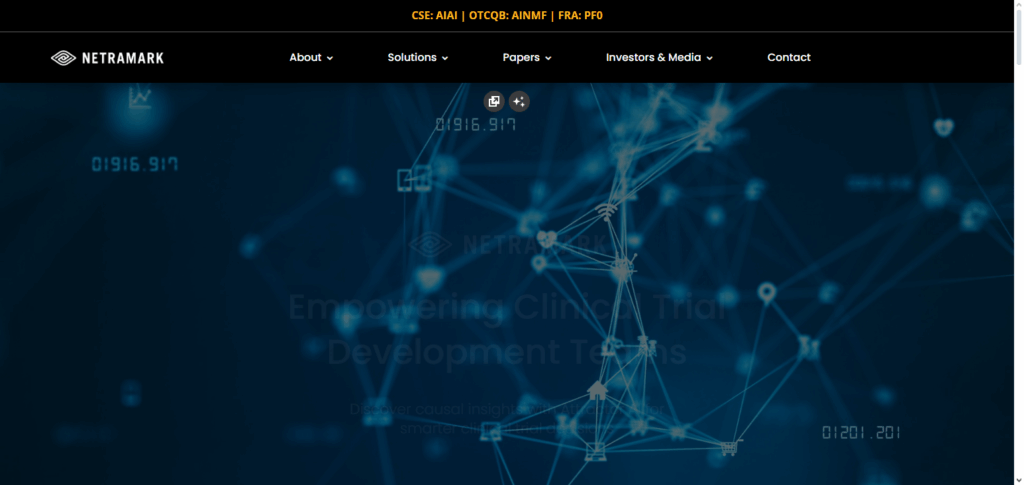
The platform’s unique strength is its rapid automated assessment capabilities that aid in the early diagnosis and treatment of patients. Through increased accuracy and efficiency in the field of eye care, NetraMark is a critical AI solution in retinal imaging.
10.MedARC
MedARC is an AI-based program for the analysis of medical images aimed at enhancing the accuracy of medical diagnoses and optimizing the workflow in the field of radiology. Its x-ray, CT, and MRI image processing and interpretation algorithms intelligently and automatically detect abnormalities.
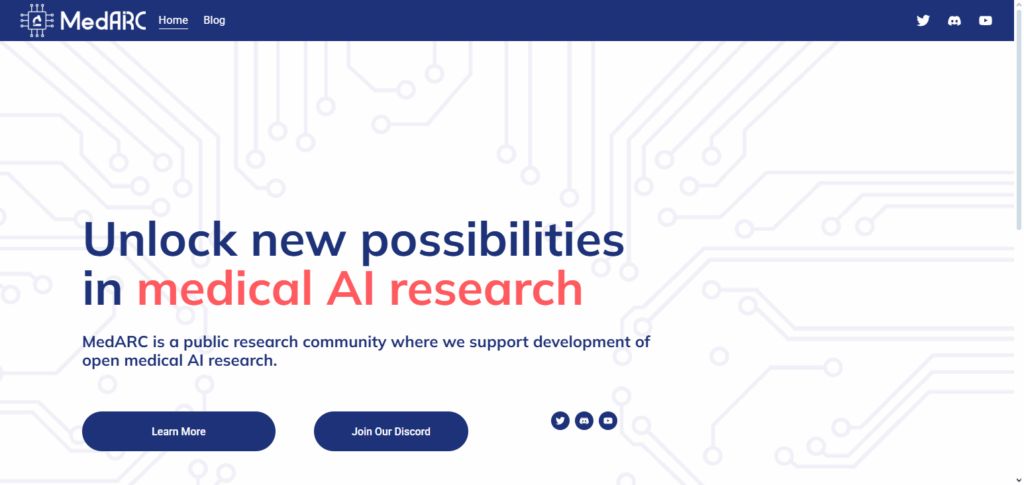
Equally important is the capability of the system to integrate with the hospital systems and its case triage features which identify and prioritize the most urgent cases for quicker intervention and decision making. With MedARC, automation is complemented with precise analysis of all images processed and, thus, enhances the reliability of the AI systems for medical imaging.
Pros & Cons AI Tools for Medical Image Analysis
Pros:
Enhanced Accuracy: Capable of identifying minute irregularities which may be overlooked by human analysts.
Time Efficiency: Accelerates the analysis and reporting phases for radiologists.
Early Detection: Aids in diagnosing diseases early, thus optimizing patient care.
Seamless Integration: Aligns with hospital workflows for triaging and prioritizing time-sensitive cases.
Multi-Modality Support: X-rays, CT scans, MRIs, and others.
Cons:
High Cost: To implement and to maintain.
Data Quality Dependency: Precision relies on adequately imaged data.
Risk of Errors: Risks of generating inaccurate positive or negative results.
Regulatory Challenges: Compliance and approvals may be convoluted.
Privacy Concerns: Protecting patient data and information comes with rigorous data security requirements.
Conclusion
To summarize, AI Tools for Medical Image Analysis are transforming the healthcare sector by improving precision in diagnostics, streamlining workflows, and aiding in early detection of diseases and conditions.
Issues such as the expense of medical imaging, the quality of the data and imagery used, and legal compliance are important to address; however, the AI’s precision, efficiency, and ability to deliver actionable insights are of utmost value in contemporary medical imaging.
With ongoing advancements in AI, its impact on healthcare is expected to rise, especially concerning the enhancement of patient care and the change in the functionality of radiology departments.
FAQ
What are AI Tools for Medical Image Analysis?
They are software solutions that use artificial intelligence to automatically analyze medical images like X-rays, CT scans, and MRIs, helping detect abnormalities and support clinical decisions.
How do these AI tools improve diagnostics?
They enhance accuracy by detecting subtle patterns, prioritize critical cases, reduce human error, and accelerate radiology workflows.
Are AI tools reliable for all medical conditions?
While highly accurate, they are most effective as a support tool. Results should be interpreted alongside clinical expertise.

